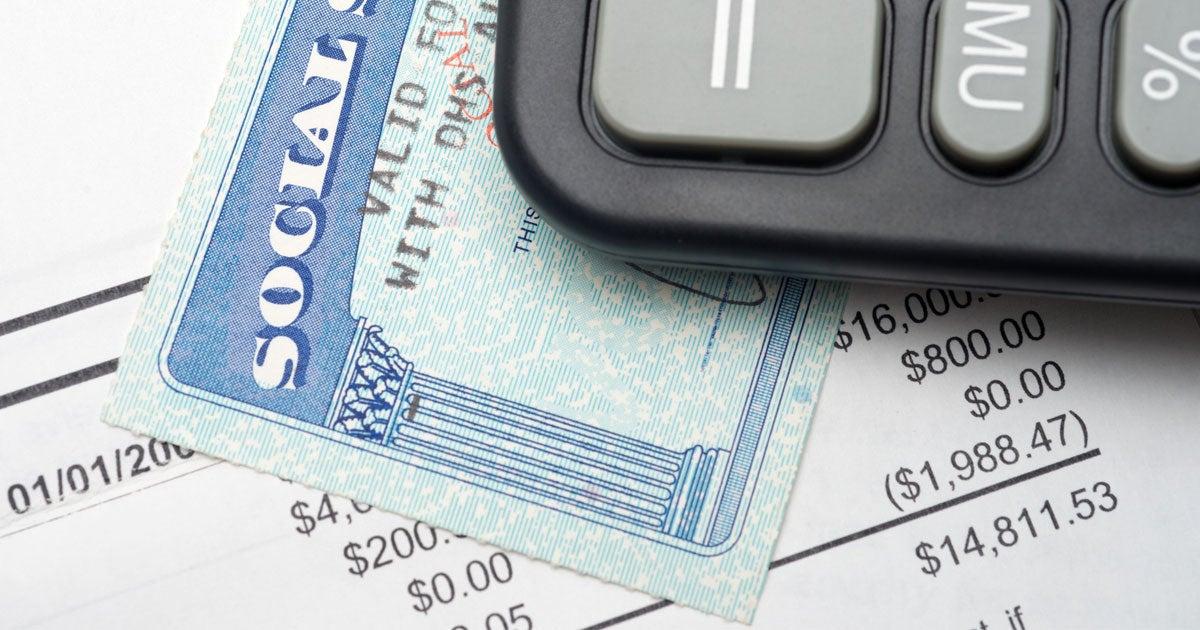
Related Topics
Older adults and people with disabilities who have low income face unique challenges. Fortunately, there are federal benefits programs that provide financial assistance for those who qualify. Two of the most common assistance programs are Supplemental Security Income (SSI) and Social Security Disability Insurance (SSDI). These programs are administered by the Social Security Administration (SSA).
What is Supplemental Security Income (SSI)?
SSI provides minimum basic financial assistance to older adults and peolple with disabilities (regardless of age) with very limited income and resources. Federal SSI benefits from the Social Security Administration are often supplemented by state programs.
What is Social Security Disability Insurance (SSDI)?
SSDI supports people living with a disability who have a qualifying work history, either through their own employment or a family member (spouse/parent).
What is the difference between SSI and SSDI?
The major difference between SSI and SSDI is that SSI determination is based on age/disability and limited income and resources, whereas SSDI determination is based on disability and work credits.
In addition, in most states, an SSI recipient will automatically qualify for health care coverage through Medicaid. A person with SSDI will automatically qualify for Medicare after 24 months of receiving disability payments (people with amyotrophic lateral sclerosis [ALS] are eligible for Medicare immediately).
A 2025 comparison of SSI and SSDI
| Factor | SSI | SSDI |
| Eligibility based on | Age (65+) OR blindness (any age) OR disability (any age) AND limited/no income and resources | Disability AND sufficient work credits through own/family employment |
| When benefits begin | 1st full month after the date the claim was filed or, if later, the date found eligible for SSI | 6th full month of disability; 6-month period begins with the first full month after the date SSA decides the disability began |
| Average benefit (monthly) | $967 (as of January 2025) | $1,352.32 (as of January 2025) |
| Maximum benefit (monthly) | $967/$1,450 (single/married couple) in 2025 (based on income) | $4,018 in 2025 (based on work history) |
| Health insurance | Automatically qualifies for Medicaid upon receipt of SSI (in most states) | Automatically qualifies for Medicare after a 24-month waiting period from time benefits begin (no waiting period for persons with ALS) |
Frequently Asked Questions
Can I receive both SSI and SSDI?
Yes, it is possible that if you have both limited income/resources and a work history, you can qualify for both benefits.
How do I apply for SSI or SSDI?
You can apply for SSI online only if you are an adult with a disability. SSI applications are not available online for people applying for a child under age 18 with a disability or those who are age 65+ without a disability. These people must visit their local Social Security office or call 1-800-772-1213 (TTY 1-800-325-0778) between 7 a.m. - 7 p.m., Monday through Friday.
You can apply for SSDI benefits online at any age. You also can apply by calling Social Security at the number above or at your local SSA office.
How does Social Security define disability?
Social Security uses a strict definition of disability that relates to your ability to perform work and the projected length of your disability. It requires that you submit medical records to support your application. If you have a short-term or partial disability, you are not eligible for SSI or SSDI.
How long does it take for my SSI or SSDI application to be processed?
The time period varies widely, but the average timeframe is three to five months from the date of application.
People who have severe disabilities that fall under Social Security’s Compassionate Allowances (CAL) classification will receive expedited review of their SSI/SSDI applications. There is no special application form or process for CAL applicants.
If I am 62 and have a disability, does it make sense to apply for SSDI or early Social Security benefits?
You can apply for early Social Security retirement benefits beginning at age 62. But taking retirement early reduces the amount of your benefit for the rest of your life. If you get SSDI, that benefit amount would be equal to your full Social Security retirement age benefit.
In most cases, if you are likely eligible for SSDI, it makes sense for you to apply for that benefit instead of drawing early Social Security. But if you decide to take early retirement (perhaps you need the income while waiting to hear about your SSDI application), you can apply for retroactive SSDI. If you are found to have met the disability requirements before you began to receive early retirement, you would be entitled to retroactive benefits equal to the difference between your early retirement payment and what you were entitled to for SSDI.
But if Social Security determines that your disability did not begin until after you received early retirement, you won't receive any retroactive payments. Instead, your Social Security payments will simply convert to your SSDI benefit amount. Once you reach retirement age, your full retirement benefits will be reduced based on how many months you received early retirement (called the "reduction factor").
What happens if my SSI or SSDI application is rejected?
Many SSI/SSDI applications are denied. If you believe you qualify for these benefits and have been wrongly denied, find an advocate familiar with Social Security disability policy to represent you. The National Organization of Social Security Claimants’ Representatives can help. Call for a referral at 1-800-431-2804.



